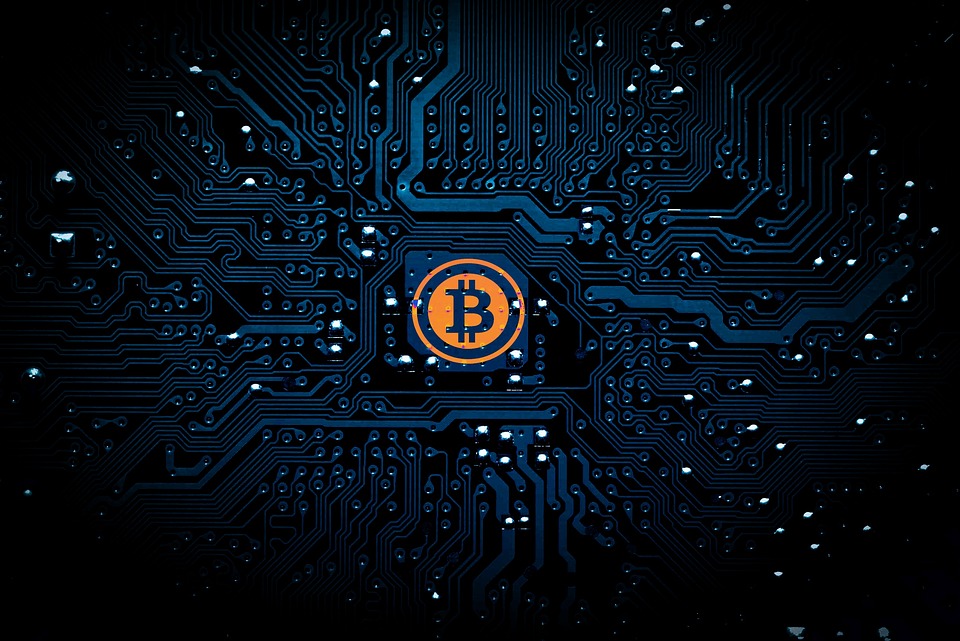Bitcoin, what is it and how does it work? To answer this question we need to first distinguish what the original Bitcoin was created to be in its fundamental design, and how things have evolved since it was introduced to the public as the very first blockchain and blockchain-based digital currency nearly 15 years ago.
What Is The Original Bitcoin?
While many who have heard and learned of Bitcoin see it as a digital money and store of value that can be used in the digital world, in truth, Bitcoin was designed as that and much more. The founder of the Bitcoin blockchain and ecosystem is known by the pseudonymous name, Satoshi Nakamoto. While the identity of Satoshi Nakamoto is still largely unknown and in question until today, the original Bitcoin whitepaper laid out the intentions of its founder, and alluded to technological properties associated with the network that leave no question of his or her intentions.
The Bitcoin blockchain was launched in 2009 along with the digital asset, $BTC. $BTC is the leading digital asset according to total market capitalization today. It has been such since its release without pause or interruption. The BTC blockchain is recognized for its security mostly, and its standard as the first digital currency to become a dependable, usable form of virtual money.
While BTC operates effectively in this form, many of the more contemporary needs sought in a blockchain and digital currency by today’s companies are not found in the BTC design. For this reason, Bitcoin SV (BSV), was established in 2018 with a mission to affirm the original vision of the Bitcoin founder, Satoshi Nakamoto. In fact, Bitcoin SV stands for “Satoshi’s Vision” with a documented mission to accomplish just that with its infrastructure and operational functionality.
What About BTC Inefficiencies?
BTC operates by an underlying consensus mechanism known as Proof-of-Work (PoW). What this means is that the blockchain algorithm used to reach consensus, or agreement, on the peer-to-peer network is facilitated by miners, also known as node operators, who employ computing machines that compete to solve mathematical computations in order to do so.
The other popular method of verifiable network agreement is known as Proof-of-Stake (PoS). The reason why this is helpful to at least have some understanding of, is so that one can comprehend how transactions are presented and handled on the BTC blockchain platform. Once transactions are presented on the BTC blockchain, mining machines established thereon are then tasked with processing them. This process is highly inefficient on BTC.
Slow Transaction Speeds And Difficulty In Programming With BTC
Transaction processing speeds on the underlying platform reach a staggering slow rate of around 7 transactions per second (tps). To give an idea of just how inefficient this is, Visa processes transactions around 24,000 tps. In order to attempt to circumvent processing inefficiencies, BTC requires the use of layer 2, or an overlaying payment processing application in order to handle global transactions.
Additionally, smart contracts, a programming language which enables automation in blockchain functionality, is highly cumbersome and error-prone in many regards on the BTC blockchain network. Bitcoin Script as it is called, is by far, not the easiest language for even experienced developers to produce applications with. This makes NFTs and other necessary elements of any contemporary blockchain difficult to produce, on BTC.
Bitcoin SV As The Original Bitcoin
In 2018 Bitcoin SV was born out of a split from Bitcoin Cash, which sought to unlock the power locked and hidden away in the true Bitcoin design. Bitcoin Cash ($BCH) increased the block size limited to 1 MB in the BTC design, to 8 MB, but Bitcoin SV saw Satoshi Nakamoto’s original vision of virtually uncapped block sizes, and therefore looked to increase the block sizes even more. This is where the concept of “Satoshi’s Vision” is mostly seen and understood.
At launch, the Bitcoin SV blockchain achieved its first block size of 128 MB, and now, multiple upgrades and five years later, the $BSV block size has reached a highly efficient, exponentially large block size of 4 GB, and processes transactions at 50,000 transactions per second, more than double the rate of the transaction processing power enabled on Visa’s digital payments network. There is no question, that upon reading the vision of the Bitcoin founder in the original whitepaper published in 2008, that the Bitcoin SV network is accomplishing what was documented.
More Than Just Large Block Sizes And Fast Processing Rates
While the BSV network achieves much enabled by the large block sizes, it does so also without compromising security or the peer-to-peer, immutable nature that the blockchain was designed to enable. Moreover, transactions are instant and their costs are fractional on the BSV network since so many transactions can be grouped into each block to be processed on a continual basis.
It is documented that more than 3.5 million transactions are processed daily on BSV due to the efficiency, as opposed to the 260,000 or so processed on the BTC platform. Micropayments that can be used for subscriptions and other small transactions are also enabled on the BSV network.
Smart contracts are rendered simple on BSV also. sCrypt is the most utilised programming language on the network. sCrypt is essentially a code transcompiler, enabling other popular smart contract languages to be produced and deployed on BSV with much less time and effort needed by developers. Bitcoin Script is even able to be written using sCrypt, and interoperability is therefore enabled with Bitcoin, and even Ethereum and other popular networks as well.
Summary And Conclusion
Based on the evidential capabilities of the Bitcoin SV network as compared to BTC, the original vision of the Bitcoin blockchain network is apparent in BSV’s implementation. From uncapped block sizes which enable instant, cheap, secure transactions, simple programming potential and more, BSV is clearly fulfilling the intended mission of the world’s first known successful blockchain network and virtual currency form.


